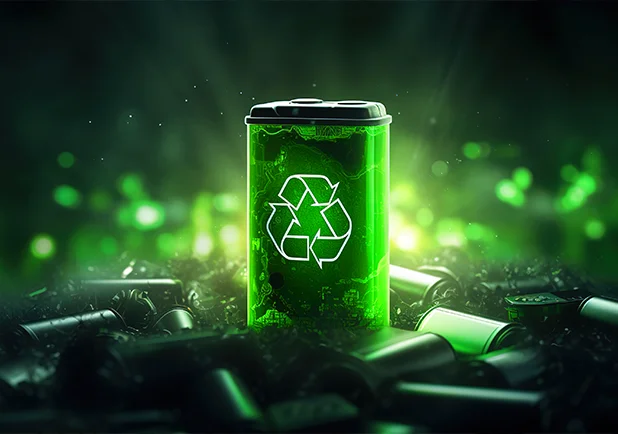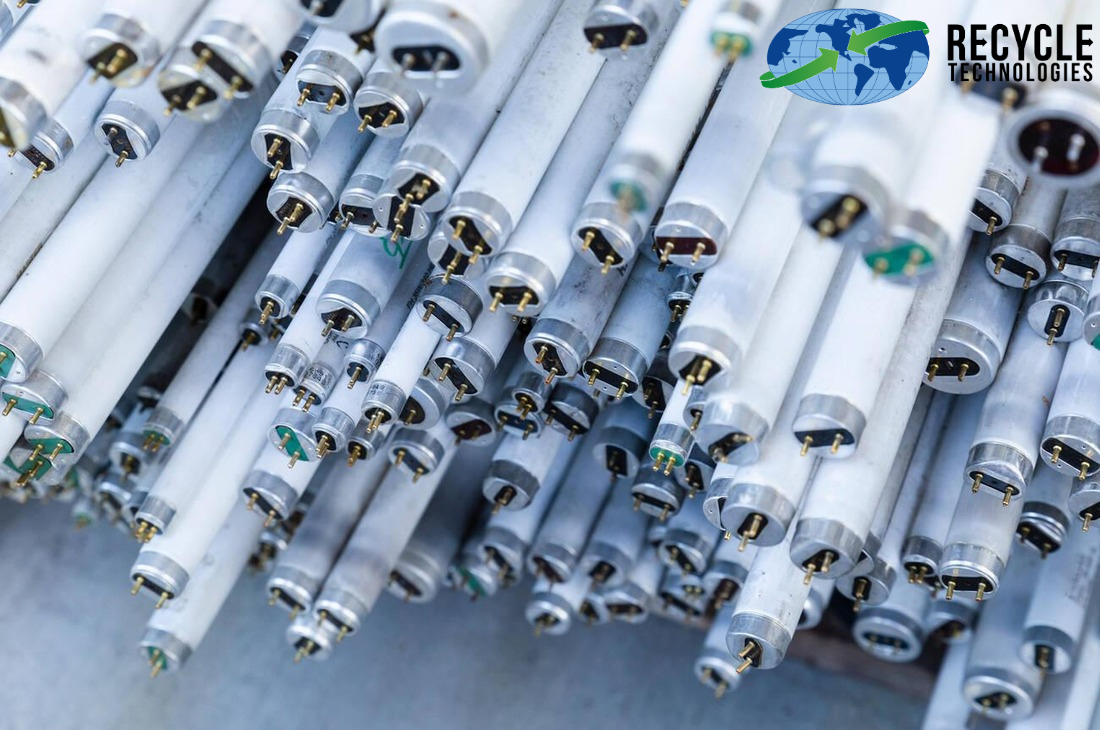Recycling is undergoing massive changes overall, with regular updates that result in a new way to renew an electronic component, or to find better ways to generate eco-friendly devices.
As it should because e-waste is currently the fastest growing waste stream, with just 20% of all the produce recyclable.
Though the picture currently looks bleak, it is not the entire story. Let us see what is new with the world of recycling, especially the petty things that may have gone unnoticed.
In keeping up with Recycle Technologies' tradition, here is a quick October roundup highlighting how people produced new ways to recycle waste this month, and which developmental areas need more attention.
A Rechargeable Edible Battery? TIME Calls It the Best Innovation.
Earlier this year, a research paper emerged titled “An Edible Rechargeable Battery” broke the news desk with its altering discovery that we can make batteries from the chemicals in an ordinary plant-based diet.
In October, TIME Magazine selected it as the most impactful innovation of the year.
The decision to term the invention as the best of the year comes after observing the potential of the device.
These applications range from edible circuits to sensors which can then be used to monitor human and animal health.
Moreover, given the level of safety of these batteries, they could be used in children's toys, where there is a substantial risk of ingestion.
The edible battery cell operates at 0.65 V, a voltage low enough not to create problems in the human body when ingested.
Editor’s Opinion: The idea of an edible battery cell or electronics which can monitor human gut health can be a major step in phasing out the prevalent invasive and often painful techniques such as endoscopy and gastroscopy.
I believe the real hurdle in microbiology electronics is the absence of edible transistors. Once successfully accomplished, these transistors can obey logic with specific functions and higher complexity tasks such as monitoring the pH of stomach acid.
Is There a New Way to Handle Carbon Fiber Waste?
E-waste from automobiles usually ends up at a recycling facility one way or another. Even if bits and pieces end up in a landfill, they still get a chance to be scooped out for recycling.
Carbon fiber used in modern automobiles defies the rule as it cannot be completely recycled using the shredding method.
Carbon fiber is used in many automobiles including airplanes and wind turbines.
Earlier this month, a group of scientists successfully found a way to recover more than 50% of the carbon fiber intact with little to no degradation.
Scientists tried burning the carbon fiber components in a furnace, which looks problematic for ecological reasons.
In a controlled situation, it cannot create any environmental consequences. Carbon fiber is expensive to generate and getting 50% back can be a huge step forward.
Editor's Opinion: The more we make innovative substances for problem solving, we end up creating another problem for the recycling industry.
Carbon fiber is an extremely useful substance; however, its recycling process needs massive changes.
The standard practice of just dumping these products, or burning them, is unsustainable and cannot continue forever.
The new way to furnace-burn carbon fiber components of automobiles is a great step forward, but we still need to produce ways to regenerate near to 100% carbon fiber material.
The Recycling Dilemma of E-Cigs
E-cigarettes or vapes have become a pop culture phenomenon at this point, but they are not free from their own challenges.
As it turns out, the only way currently to take care of e-cigs is to trash them or burn them.
Many schools in the US have started to push for a formal policy against vapes, as they end up paying more than $60 per gallon of e-cigarette waste generated from the schools alone.
EPA’s rules currently do not apply to household items, which include vapes, which is why there is no formal policy.
Another problem arises when you realize that the salvageable material used in e-cigs are not enough to warrant extensive recycling processes.
For example, lithium in the e-cig batteries is just not enough to get back simply from shredding and recycling.
Editor’s Opinion: Regulations about household items need to take a front seat if we are to formalize e-waste management nationwide.
E-cigs are not only a health hazard, but they are also notorious to recycle, leading many waste management companies to resort to burning the modules.
You Can Now Use Diapers 200 Times!
You heard it: more than 100,000 tons of diapers discarded every year in the US are now getting a renewed treatment for longevity.
Recycling diapers is essential because the recoverable diaper liners, which are polymers that can retain moisture for long, can be reused.
With the current processes, we can salvage not even half of the thrown-out diapers.
But with modern UV radiation technique, we can reuse the polymers up to 200 times.
Under UV light, the polymers degrade incredibly faster: in 5 minutes instead of 16 hours, which is a huge breakthrough in textile recycling.
Editor’s Opinion: There is another group of researchers in Germany who have managed to shift the whole recycling process to solar power, to even the plain field.
If we are to be eco-conscious, I say we need to produce much more robust methods to handle textile waste.
After electronics, the textile industry is the second largest waste stream globally – thankfully, we have found faster ways to handle this type of waste than the electronics one.









